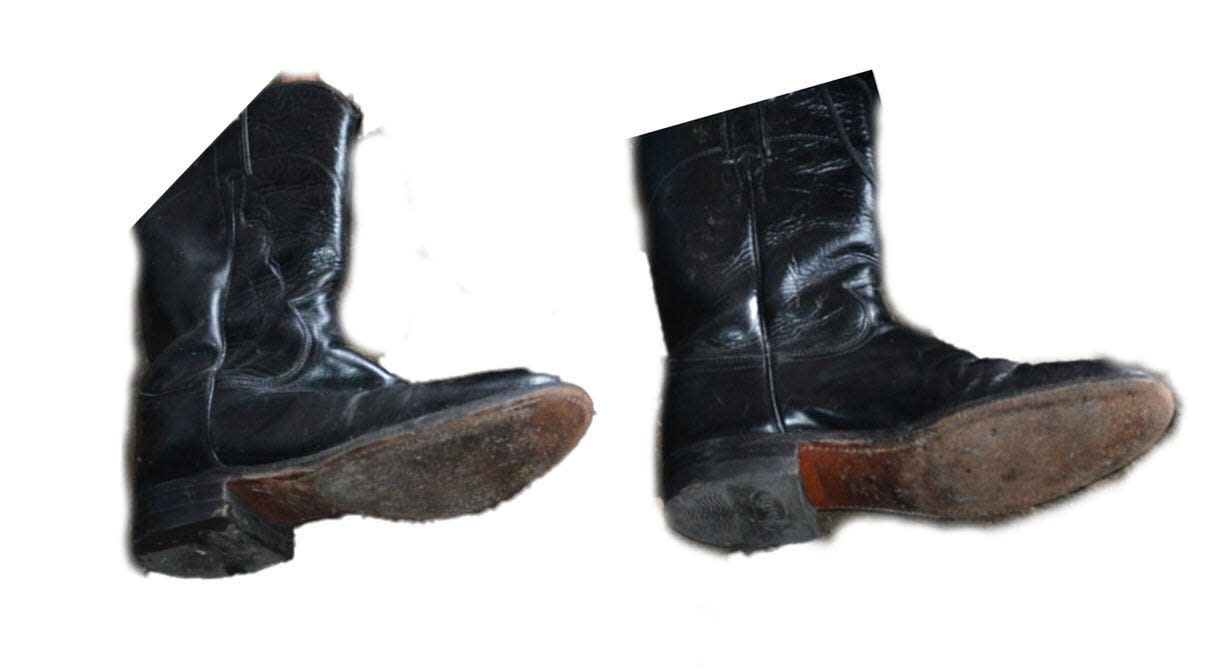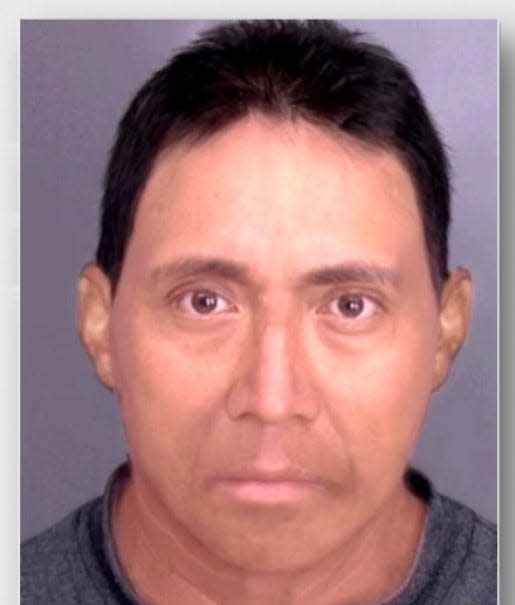Forensic genealogy may help identify two Columbus 'John Does,' including homicide victim

The nationwide use of genetic genealogy by police departments to identify suspects in unsolved homicides has given many families renewed hope for justice.
But Columbus police, in conjunction with investigative genetic genealogist Amanda Reno, are trying to use the technology in a different way, with a goal of identifying victims.
Reno is using the technology in two particular cases involving John Does, one of whom was the victim of a homicide in December 2021. The other was found in the Scioto River in 2007, and his death is believed to be an accidental drowning or a suicide.
The two John Does have almost nothing in common.
Another unidentified body found: Two men arrested after unidentified man found fatally stabbed on Columbus' South Side
However, the genealogy results show the two men both have genetic ties to El Salvador, a small country in Central America that encompasses roughly the same amount of miles as a triangle encompassing Cleveland, Columbus and Pittsburgh.
"Somebody is missing these people. Somebody loved them," Reno said.
"They have no idea where they’re at, they may not even know he’s dead," Sgt. Terry McConnell added.
John Doe #1's body found burned beyond recognition in 2021
On Dec. 8, 2021, Columbus police got a call about a body found underneath a highway overpass on the 500 block of Edgar Waldo Way.
Officers found the body of a man near a set of railroad tracks and a homeless camp. His body was burned beyond recognition. For more than two years, he has remained an unidentified "John Doe." An autopsy revealed the man's death was a homicide.
Columbus police are attempting to use genetic genealogy to help identify the man, which could then be used to help investigate the homicide.
Investigators found a pair of black boots that appear to have had significant wear near the man's body. They also found two orthopedic screws, one of which has been determined to have come from the man's left leg, possibly in the ankle area, indicating he had surgery at some point in his life.
The evidence found at the scene and near the man's body also suggested he may have been homeless or recently become homeless.
The genealogy work done so far has led detectives to believe the man has familial roots in the communities of Suchitoto, El Salvador, and Jutiapa, Guatemala, which are about as far apart as Columbus and Cleveland.
More: Sheriff's office hopes holidays compel witnesses to come forward in fatal hit-and-runs
"We have determined he may have one parent from Guatemala and one from El Salvador, specifically these two cities," Reno said. "He may have relatives in one of those areas."
Columbus police connected with an organization in Guatemala that seeks to reunite families with remains of their loved ones, however, that work proved unsuccessful. Police have also been in touch with the El Salvador consulate in Chicago in hopes of getting additional help.
"We just need that final little nudge over the fence," McConnell said.
Anyone with information on the man's identity or the circumstances surrounding his death should call detectives at 614-645-4306 or Central Ohio Crime Stoppers at 614-461-TIPS. All calls to Crime Stoppers are anonymous.
John Doe #2, found in Scioto River in 2007, also remains unidentified
A man's body found on May 30, 2007, is described as being between 5-feet 7-inches and 5-feet-10-inches tall and weighed between 125 and 145 pounds. He is estimated to have been between 25 and 40 years old.
He was found in an area of the Scioto River near U.S. 33 near the city of Columbus' Dublin Road Water Treatment plant. It is estimated he may have died a few weeks before police recovered his body.
The man had black hair, overlapping front teeth, a crooked nose and a one inch scar on the right side of his forehead. He was found wearing a gray "Career Club" long-sleeved, button-up shirt and tan L.L. Bean pants that were a women's size eight. He had one brown shoe that was a size 10.

The man had no tattoos or signs of previous surgeries that would be able to help identify him.
Because of the lack of injuries found during an autopsy, his death is believed to be an accidental drowning or suicide.
Genealogical testing has led investigators to determine the man has ancestry that can be traced back to San Miguel, El Salvador.
The DNA Doe Project, a national nonprofit that uses genetic genealogy to try to help identify remains that have not yet been unidentified, has helped fund the investigation into the 2007 case.
Anyone with information on the man's identity is asked to call the Franklin County Coroner's office at 614-525-2490.
bbruner@dispatch.com
@bethany_bruner
This article originally appeared on The Columbus Dispatch: Columbus police using DNA to identify homicide victims
